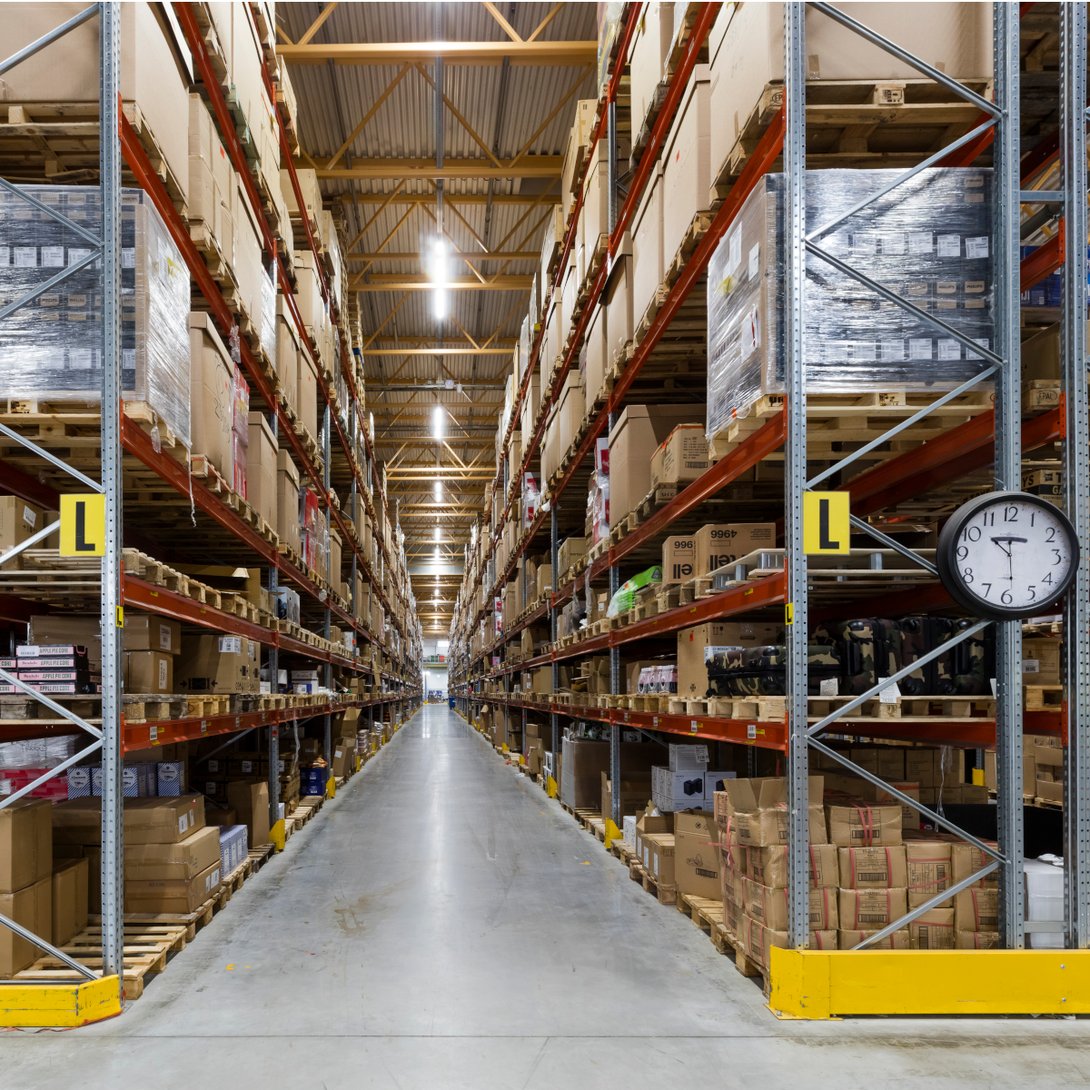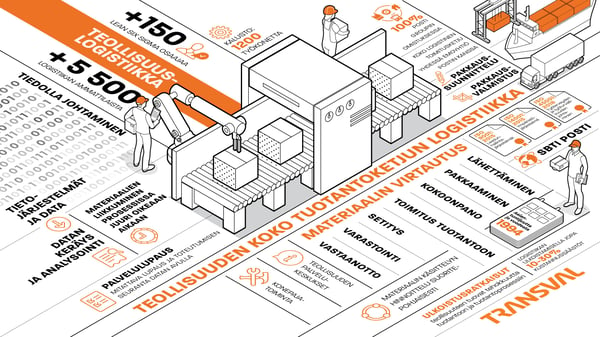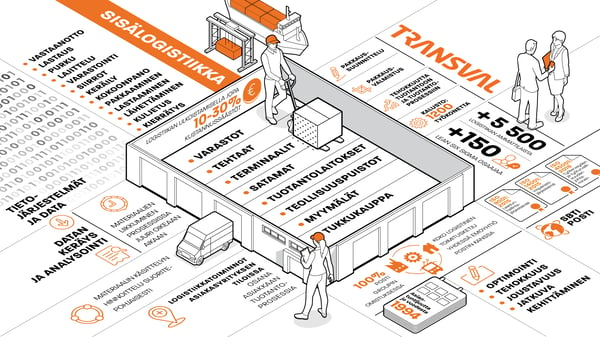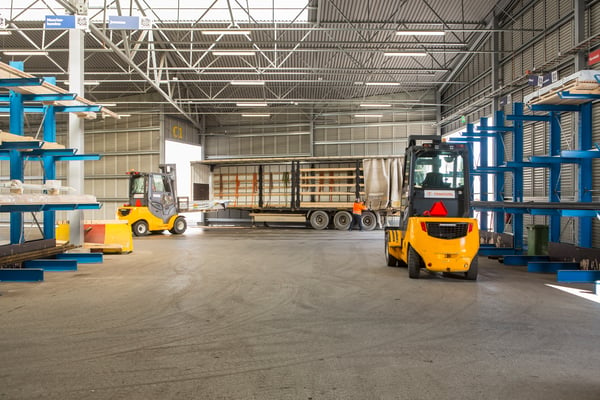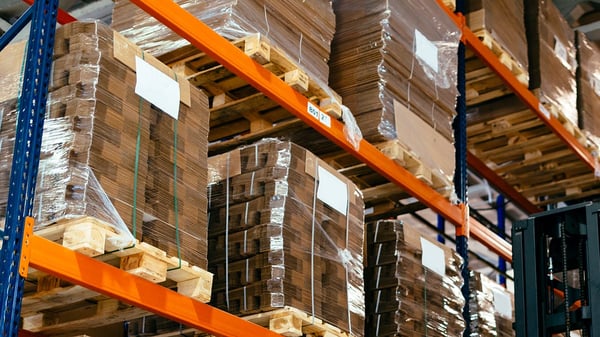Companies want to constantly improve their efficiency to compete in an increasingly competitive environment. Logistics is one of the key activities where knowing how the process is actually working is key to improving efficiency. But how well are companies measuring and monitoring in-house logistics and its performance?
The average as a measure does not tell the truth
The most important of the measures and tools to get a feel for in-house logistics is flow efficiency, or lead time. In other words, how well goods move through the process. Most commonly, companies measure their performance by daily averages, and this is also the case with lead time. Unfortunately, this does not tell you much about the real situation. "In fact, the average misses the real result - and the average is, unfortunately, the figure that is most often stared at. This is misleading or at least difficult to determine the right direction," says Vesa Rinne, Development Director at Transval.
Understanding flow efficiency requires a reliable measurement system and an effort to measure the different stages of the process. "It is clear that the system must provide that information. Individual performance and the dispersion of performance are essential, then we can improve the operation," emphasises Rinne.
Involving employees in knowledge management and flow improvement
When it comes to improving flow, there is a strong focus on employee input in day-to-day operations. "Lead time metrics need to be made visible to employees and a dialogue opened. Allowing employees to contribute to the analysis of the data will increase understanding of bottlenecks in the process, as the root causes can be analysed together. Employees are typically very familiar with the obstacles to smooth work. So this is a typical example of data-driven management - quality measurement and processing of measurement results together with staff and communicating the measures to all employees ensures genuine and rooted development," emphasises Rinne.
Improving the flow can achieve tremendous results. "Once the worst performers and barriers to flow have been weeded out, significant improvements can be made and flow efficiency can be taken to a whole new level."
Lean Six Sigma significantly improves delivery reliability and customer satisfaction
Flow efficiency has an essential impact on delivery reliability and customer satisfaction. It is essential to get all orders through the process without problems. A reliable and smoothly flowing process is also easier to manage and its performance is easier to predict. It is therefore worth measuring and analysing. Six Sigma is a statistical method that is gradually making its way into the management of logistical processes and Lean thinking in Finnish companies. At present, its use is most common in product quality improvement.
Transval's Black Belts and Green Belts as flow developers
Transval has invested significantly in Lean Six Sigma, including training certified experts.
"We can see concretely that companies have a lot of potential to improve their in-house logistics. Interest in Lean Six Sigma among our customers is awakening and we are working to bring knowledge about it to all our customers. The development will bring significant results in terms of KPIs and daily flow of in-house logistics. So it pays to keep the flow going."

